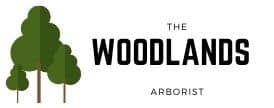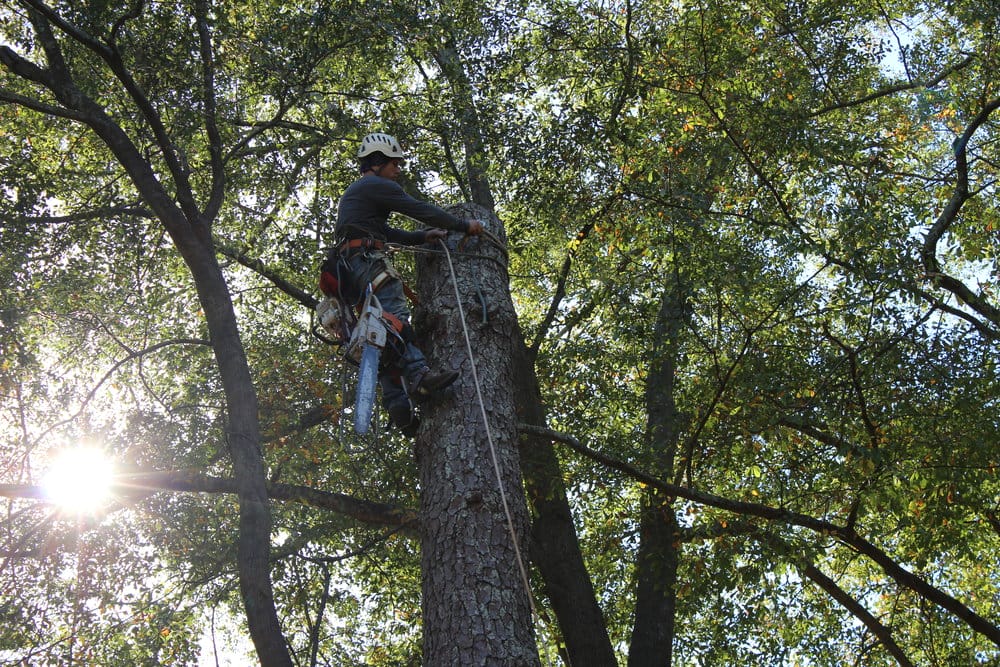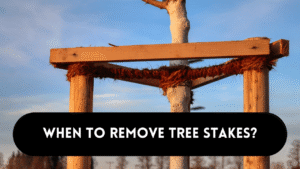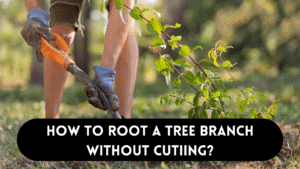The presence of trees in our yards not only improves the aesthetics of our landscapes but also offers environmental advantages such as shade and shelter. However, trees have a natural lifespan just like all other living things, and eventually, they may succumb to numerous reasons, leaving us with a dead tree in our yard. A dead tree can be unsettling to see, both aesthetically and because of the possible safety risks it may pose. In this thorough guide, we’ll go over how to deal with a dead tree in your yard, from analyzing what caused it to die to making decisions regarding its removal and prospective applications.
Understanding the Reasons for Tree Decline
Stress due to Environment
Infestations with pests and diseases
Natural Lifespan and Age
Evaluating the circumstance
It’s important to evaluate the dead tree’s state before moving on to solutions. Different techniques can be necessary for various trees. Here is how to get going:
Determine the type of tree.
Knowing the type of tree is crucial since it impacts how easily it can be removed and what can be done with the wood.
Determine the degree of decay
You can determine the degree of deterioration and whether the tree poses an urgent threat by performing a comprehensive investigation.
Priority One:
Wear the proper protective equipment, such as a hard hat, safety glasses, earplugs, gloves, and robust clothing.
Clear the Area: Make sure there are no people, dogs, or expensive items near the tree. Make a safe area, and use caution tape or cones to designate it.
Equipment and Tools:
- Use a trustworthy chainsaw with a sharp chain.
- Ladders:
- Ropes:
- Wedges and Felling Wedges:
What to Do with a Dead Tree in Your Yard?
Direction: Choose the safest route for the tree to fall and plan the direction of its fall. It ought to fall away from buildings, electricity lines, and other potential hazards. Create a plan for your and others’ escape in case the tree suddenly collapses.
Trim the branches: Begin by getting rid of the smaller ones first. Cut them gently, working your way from the outermost branches toward the stem. This lightens the tree’s load and eases its control during the fall.
Make a Notch Cut: On the side of the tree that will be facing the direction of the fall, make a notch cut. This should be a downward-facing, horizontal incision that goes about a third of the way through the tree.
Create the Felling Cut: On the side opposite the notch cut, create a felling cut just above the notch’s bottom. This cut needs to be horizontal and perpendicular to the surface. The tree should fall in the desired direction when the felling cut and the notch cut come together.
Stump Removal: After the tree has fallen, you can choose to remove the stump. This can be done using a stump grinder or by hiring a professional stump removal service.
Clean-Up: Remove the cut tree limbs and debris from the area. Dispose of them responsibly, either by mulching or recycling
Consult an arborist:
Consider visiting a qualified arborist if you are unsure of the tree’s condition or the best course of action. They can offer professional guidance on whether the tree should be cut down or spared.
Sustainable Disposal
Once the tree is down, responsible disposal is key.
Mulching
Turn the tree into mulch for your garden, enhancing soil quality and moisture retention.
Firewood
If the wood is suitable, use it for firewood to keep your home warm during the winter months.
Creative Repurposing
Dead trees can serve as unique landscaping elements or art pieces.
Tree Stump Art
Transform the tree stump into a piece of art or a decorative focal point in your yard.
Birdhouses and Feeders
Repurpose branches and trunk sections to create birdhouses and feeders.
Fostering fresh growth
Think about how you can promote regrowth in your yard.
- Grow fresh trees
To keep the ecological balance, replace the dead tree with a fresh, healthy one.
- Plant Bed
Create a lovely flower bed there to brighten up your yard with color.
Is it necessary to remove dead tree from yard?
Dead trees can be very unstable and present serious safety risks. When there are storms, strong winds, or a lot of rain, they are more likely to lose branches or possibly collapse. This could result in harm to persons, animals, or property damage.
Infestations of pests: Fungi, termites, and other insects that eat wood are drawn to dead trees. These pests may further damage the tree, increasing its risk of toppling, and may even spread infestations to healthy trees nearby.
Conclusion
Removing a dead tree from your yard cannot be stressed, to sum up. threats posed by dead trees range from environmental dangers to safety threats. Always put your own safety, that of your belongings, and the safety of people around you first.
Dead trees are susceptible to falling limbs, which can harm property and endanger the safety of people and animals. Additionally, they draw pests and illnesses that can infect healthy trees, jeopardizing your yard’s overall ecosystem.
A dead tree can detract from the visual splendor of your environment and curb appeal. It is crucial to adhere to local laws and ordinances because leaving dangerous trees in place could result in legal repercussions.




